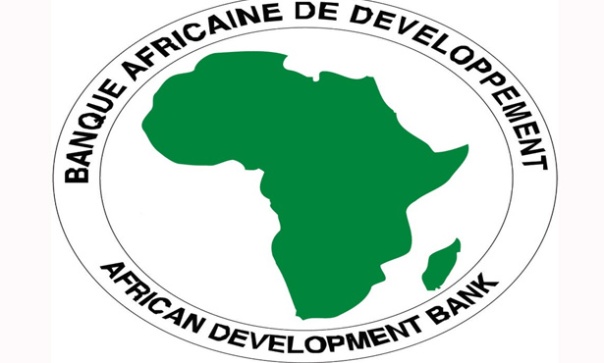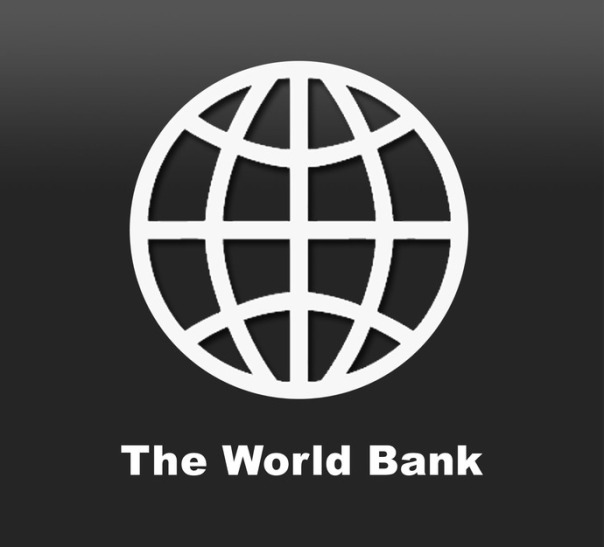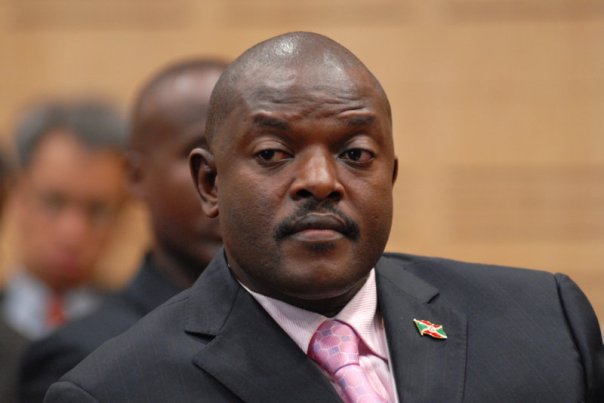
Samsung Electronics Co. predicts the new Galaxy S6 devices will help to reverse declining earnings and spark profits from its smartphone and components businesses.
Shares rose on the prediction.
Samsung expressed the coming revival on Wednesday after reporting its fourth straight quarterly drop in net income.
Consumers have been switching to Apple Inc.’s larger iPhones and cheaper Chinese devices as the rising South Korean won makes Samsung products more expensive abroad.
Making chips and screens for its own mobile devices while also supplying rivals may help Samsung blunt the impact of sales gains by Apple, which posted a surge in earnings.
The Galaxy S6 phones, including the more expensive Edge with a wraparound display, were released this month to positive reviews and strong demand said to have prompted an acceleration of curved-screen output.
“The second quarter will be brighter as mobile earnings are expected to improve, largely driven by the increased sales of the S6,” said Greg Roh, a Seoul-based analyst at HMC Investment Securities Co. “The pricier Edge device will take up half of the total S6 shipment from May, and that will give a strong lift to its mobile business.”
Shares of Samsung rose 1.4 percent to 1,385,000 won in Seoul, their first gain in a week. The stock has advanced 4.4 percent this year, compared with the 12 percent increase in the benchmark Kospi index.
Net income, excluding minority interests, fell 40 percent to 4.52 trillion won ($4.2 billion) in the quarter ended March, the Suwon, South Korea-based company said.
Samsung, the world’s biggest chipmaker, said it should capitalize on stronger demand for the semiconductors used in mobile phones and servers.
“In the second quarter, the company expects its overall earnings to increase,” Samsung said. “In 2015, continued growth is expected due to the growth of emerging smartphone markets, such as China and India.”
Operating profit at the mobile-phone unit fell 57 percent to 2.74 trillion won in the first quarter as Apple won high-end customers.
Samsung shipped 83.2 million smartphones in the March quarter, helping it regain the title of world’s biggest vendor after dropping into a tie with Apple in the December period, according to Strategy Analytics. Apple shipped 61.2 million iPhones in the most recent quarter, it said.
Samsung has projected record sales for the high-end S6 smartphones released this month. Samsung will sell 46 million this year, said Kevin Lee, an analyst at Korea Investment & Securities Co.
The phone is among the Samsung products featured in the new “Avengers: Age of Ultron” movie as part of a global partnership with Marvel Entertainment.
Demand for the curved-screen Edge prompted the company to accelerate production, people familiar with the matter have said. The company can make 5 million units a month, they said.
“Edge supply is fast-improving, so the tight supply situation will be eased during the second quarter,” said Park Jin Young, Samsung vice president of mobile communications. “If we look at it over the model’s life cycle, S6 will be the best-seller.”
Apple this week posted a 33 percent jump in profit in the quarter ended in March, driven by strong demand for the iPhone 6 models.
Profit at Samsung’s semiconductor business, which makes both memory chips and application processors, was 2.93 trillion won, compared with 1.95 trillion won a year earlier.
Samsung, which previously relied on semiconductors from Qualcomm Inc. for its mobile devices, switched to its own processor and modem chips for the S6 lineup.
The company also is said to have won orders for the main processors in the next iPhone.
The consumer-electronics division, which oversees TVs and home-appliances, posted a 140 billion-won loss in the quarter from a 190 billion-won profit a year earlier. Samsung expects the unit to have a stronger second quarter on seasonally higher demand for air conditioners and high-end TVs.
Increasing sales of high-margin screens helped Samsung’s panel-making division return to operating profit of 520 billion won in the first quarter.
Samsung Display Co. is expanding sales of its organic light-emitting diode, or OLED, panels from Galaxy devices to Chinese device makers, including Lenovo Group Ltd.
Samsung Display, which is 85 percent owned by Samsung Electronics, is said to have created a standalone team of about 200 employees to work exclusively on Apple products.
Capital spending in 2015 will be similar to the year earlier, though “there is a strong possibility that it may increase,” Samsung said. The company spent 23.4 trillion won last year.



















